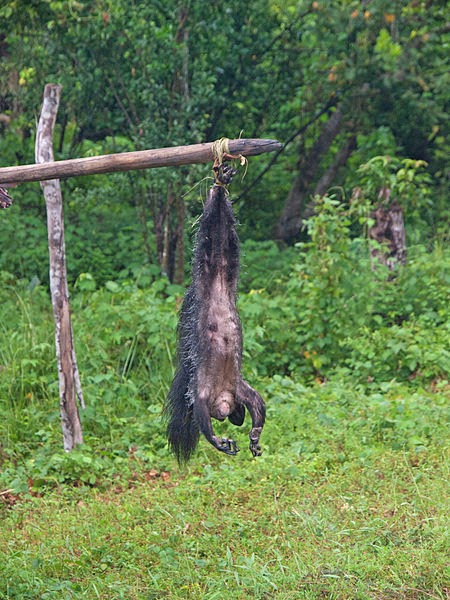A few times in 2014 I will
expand my “Really Weird Birds” blog entries to
include all weird and unusual animals!
The World Bird Sanctuary even has some strange non-bird animals in its nature center and
visitor center.
There are so many bizarre
and unique creatures in the world that people don’t know about, and they may be
a threatened or endangered species!
There may be one day when humans will never see that animal again. I can only hope to help raise awareness
about some of these creatures. But
endangered or not, I will be researching and presenting to you some of the most
wacky animals you have never seen!
One of my favorite mammals
that I have done research on in the past is called the Aye-aye (pronounced just
like you would say, “aye aye Captain!”). They are native only to the island of Madagascar and
are in the same suborder as lemurs.
Much like the pug, the Aye-aye walks the delicate tightrope of being
either considerably ugly or kind of cute!
To me, the Aye-aye looks
like a cross between a cat, an opossum, and a raccoon with rodent-like teeth
and large bat-like ears.
Scientists once thought the Aye-aye was a rodent because its incisors
keep growing and must constantly be worn down. Currently, they are considered to be in the order of
primates. They are nocturnal and
spend their nights foraging in the rain forest trees. They have very slender fingers and sharp claws to help them
dangle from branches.
An Aye Aye hand
The Aye-aye’s most unusual
adaptation is its middle finger.
It is extra long and has a ball and socket joint much like the human
shoulder. They use it to tap on
branches and then listen with their large sensitive ears to the noises or
echoes produced to find chambers with grubs inside. The aye-aye can detect grubs that are two centimeters below
the surface of the branch. It uses
its teeth to tear away some of the wood.
Then its long middle fingers come in handy again and are used as picks
to stab the grubs.
Aye-ayes also eat fruits, adult insects, and other small invertebrates.
The aye-aye is classified
as near threatened on the IUCN list, mainly because of destruction of its
habitat. However, also
contributing to its decline is the superstition of the local people. Some view the aye-aye as a bad omen and
it is killed on sight. Others
believe that if the Aye-aye points its middle finger at you then you are doomed
to die early. Some even say if an
Aye-aye ventures into a village then a villager will die. They believe the only way to prevent
this is to kill the Aye-aye.
Locals will
kill the aye-aye and hang it up so its evil spirit can be carried away by
travelers.
Captive breeding of
Aye-ayes has aided in the conservation of this species, primarily at the Duke
Lemur Center in Durham, North Carolina.
They were responsible for the first Aye-aye born into captivity and
studied how he and the other Aye-aye infants born at the center develop through
infancy.
Watch this interesting video of an Aye Aye procuring a meal.
Watch this interesting video of an Aye Aye procuring a meal.





No comments:
Post a Comment